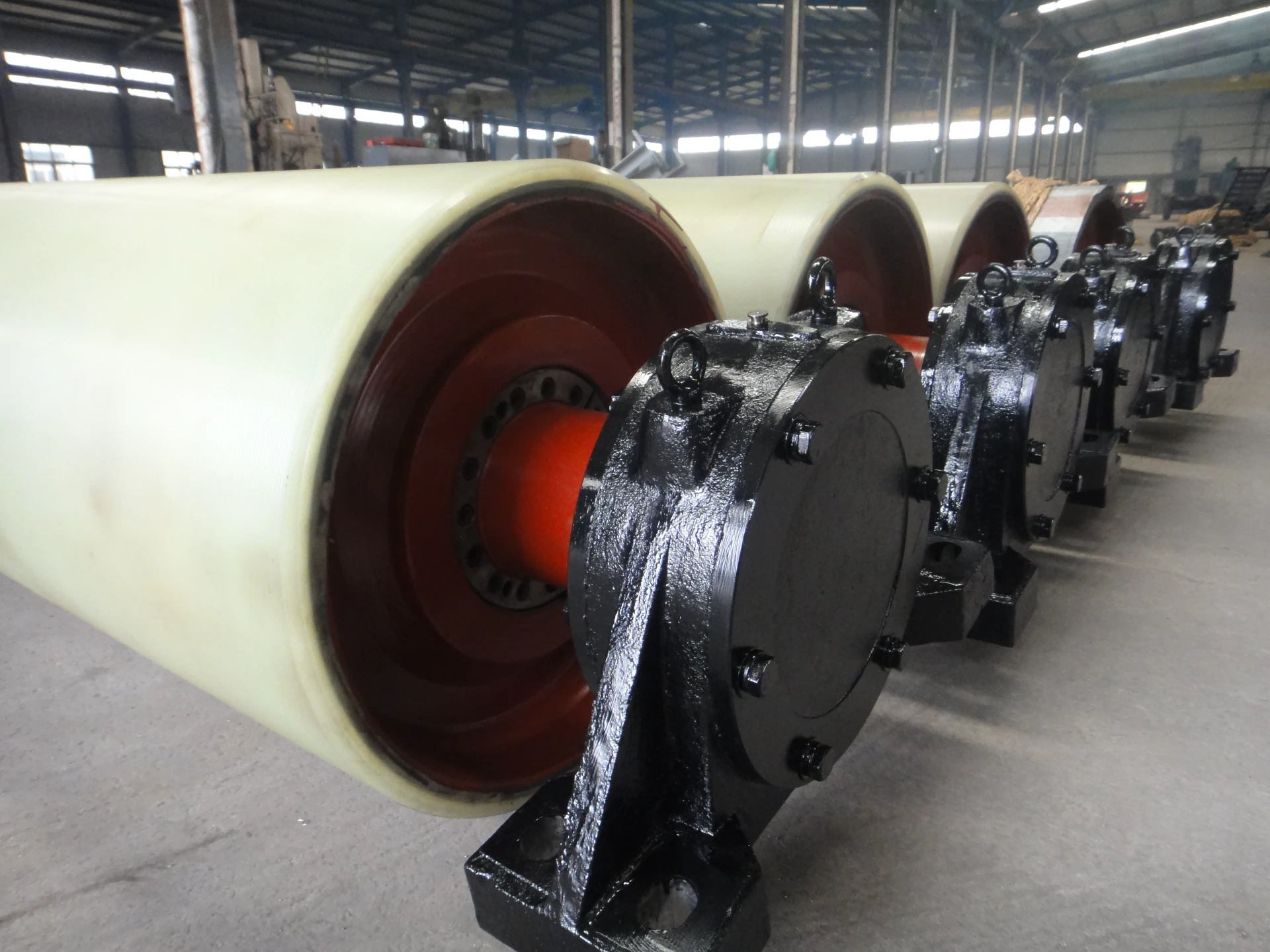 Afrikaans
Afrikaans  Albanian
Albanian  Amharic
Amharic  Arabic
Arabic  Armenian
Armenian  Azerbaijani
Azerbaijani  Basque
Basque  Belarusian
Belarusian  Bengali
Bengali  Bosnian
Bosnian  Bulgarian
Bulgarian  Catalan
Catalan  Cebuano
Cebuano  Corsican
Corsican  Croatian
Croatian  Czech
Czech  Danish
Danish  Dutch
Dutch  English
English  Esperanto
Esperanto  Estonian
Estonian  Finnish
Finnish  French
French  Frisian
Frisian  Galician
Galician  Georgian
Georgian  German
German  Greek
Greek  Gujarati
Gujarati  Haitian Creole
Haitian Creole  hausa
hausa  hawaiian
hawaiian  Hebrew
Hebrew  Hindi
Hindi  Miao
Miao  Hungarian
Hungarian  Icelandic
Icelandic  igbo
igbo  Indonesian
Indonesian  irish
irish  Italian
Italian  Japanese
Japanese  Javanese
Javanese  Kannada
Kannada  kazakh
kazakh  Khmer
Khmer  Rwandese
Rwandese  Korean
Korean  Kurdish
Kurdish  Kyrgyz
Kyrgyz  Lao
Lao  Latin
Latin  Latvian
Latvian  Lithuanian
Lithuanian  Luxembourgish
Luxembourgish  Macedonian
Macedonian  Malgashi
Malgashi  Malay
Malay  Malayalam
Malayalam  Maltese
Maltese  Maori
Maori  Marathi
Marathi  Mongolian
Mongolian  Myanmar
Myanmar  Nepali
Nepali  Norwegian
Norwegian  Norwegian
Norwegian  Occitan
Occitan  Pashto
Pashto  Persian
Persian  Polish
Polish  Portuguese
Portuguese  Punjabi
Punjabi  Romanian
Romanian  Russian
Russian  Samoan
Samoan  Scottish Gaelic
Scottish Gaelic  Serbian
Serbian  Sesotho
Sesotho  Shona
Shona  Sindhi
Sindhi  Sinhala
Sinhala  Slovak
Slovak  Slovenian
Slovenian  Somali
Somali  Spanish
Spanish  Sundanese
Sundanese  Swahili
Swahili  Swedish
Swedish  Tagalog
Tagalog  Tajik
Tajik  Tamil
Tamil  Tatar
Tatar  Telugu
Telugu  Thai
Thai  Turkish
Turkish  Turkmen
Turkmen  Ukrainian
Ukrainian  Urdu
Urdu  Uighur
Uighur  Uzbek
Uzbek  Vietnamese
Vietnamese  Welsh
Welsh  Bantu
Bantu  Yiddish
Yiddish  Yoruba
Yoruba  Zulu
Zulu Rubber Lagging Solutions for Improved Pulley Performance and Durability in Industrial Applications
Pulley Rubber Lagging Enhancing Efficiency and Longevity in Conveyor Systems
In the world of material handling, conveyor systems play a pivotal role in transporting goods smoothly from one location to another. Among the various components that ensure the efficient operation of these systems, pulleys are fundamental. To improve the performance and longevity of these pulleys, many industries turn to rubber lagging. This innovative solution provides numerous benefits that enhance overall efficiency and reliability.
Rubber lagging refers to the application of rubber material onto the surface of the pulley. This process is essential for various reasons, primarily improving traction. When a conveyor belt operates, it needs sufficient grip on the pulleys to prevent slippage. Without adequate traction, conveyor systems can experience a range of issues, including reduced efficiency, increased wear on components, and safety hazards. By using rubber lagging, the friction between the belt and the pulley increases, resulting in a more secure operation and minimized slippage.
Pulley Rubber Lagging Enhancing Efficiency and Longevity in Conveyor Systems
Another important advantage of rubber lagging is its ability to combat environmental factors. Many industrial settings expose conveyor systems to harsh conditions, including moisture, dust, and extreme temperatures. Rubber is inherently resistant to these variables, making lagging an ideal choice for protecting pulleys in such settings. By preventing corrosion and degradation, rubber lagging maintains the integrity of the system and ensures consistent performance.
pulley rubber lagging

In addition to its functional advantages, rubber lagging also contributes to noise reduction. Conveyor systems can generate significant noise, which can be detrimental to workplace safety and comfort. The soft texture of rubber helps dampen vibrations and absorb sound waves, resulting in a quieter operating environment. This not only enhances the working conditions for employees but also supports compliance with noise regulations in various industries.
Choosing the right type of rubber lagging is crucial, as different applications may require specific characteristics. For instance, some types of rubber lagging provide excellent wear resistance, making them suitable for high-abrasion environments, while others prioritize heat resistance for applications involving extreme temperatures. Additionally, the texture of the lagging can vary, with options ranging from smooth surfaces for lower friction needs to more aggressive patterns that enhance traction.
Installation of rubber lagging is another factor to consider. It is vital to ensure that the lagging is correctly applied to avoid issues such as bubbling or peeling over time. Professional installation services are often recommended to guarantee optimal bonding and performance.
In conclusion, pulley rubber lagging is an essential component in enhancing the efficiency, longevity, and functionality of conveyor systems. By improving traction, reducing wear, resisting environmental damage, lowering noise levels, and ensuring a longer lifespan for both pulleys and belts, rubber lagging proves to be an invaluable investment. Industries that prioritize operational efficiency and equipment durability should consider incorporating this innovative solution into their conveyor systems to reap the long-term benefits it offers.
-
Revolutionizing Conveyor Reliability with Advanced Rubber Lagging PulleysNewsJul.22,2025
-
Powering Precision and Durability with Expert Manufacturers of Conveyor ComponentsNewsJul.22,2025
-
Optimizing Conveyor Systems with Advanced Conveyor AccessoriesNewsJul.22,2025
-
Maximize Conveyor Efficiency with Quality Conveyor Idler PulleysNewsJul.22,2025
-
Future-Proof Your Conveyor System with High-Performance Polyurethane RollerNewsJul.22,2025
-
Driving Efficiency Forward with Quality Idlers and RollersNewsJul.22,2025





























